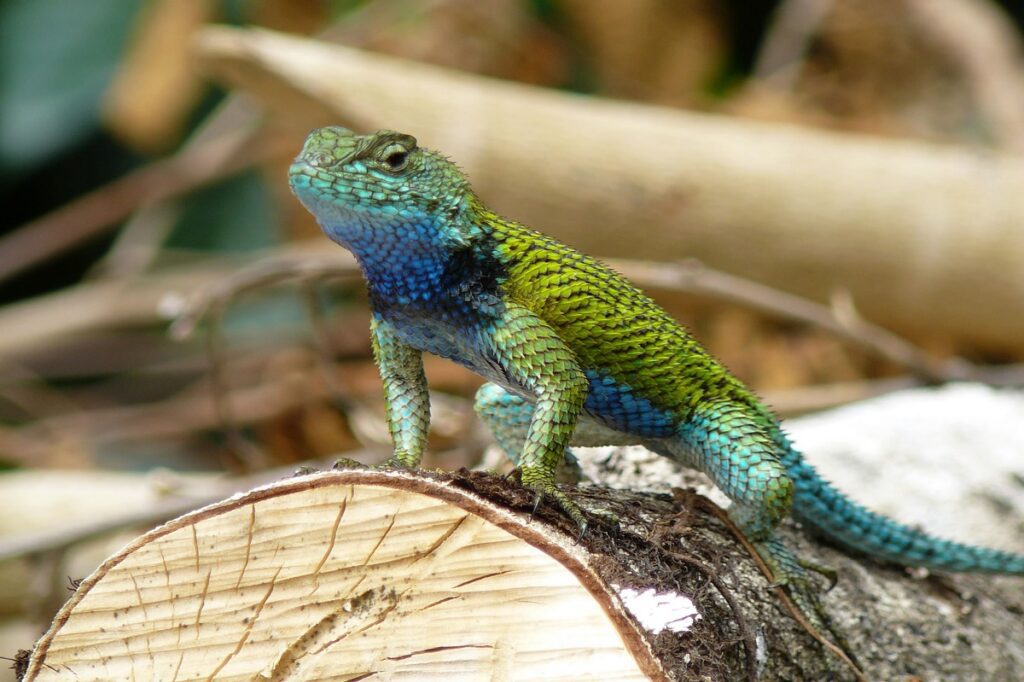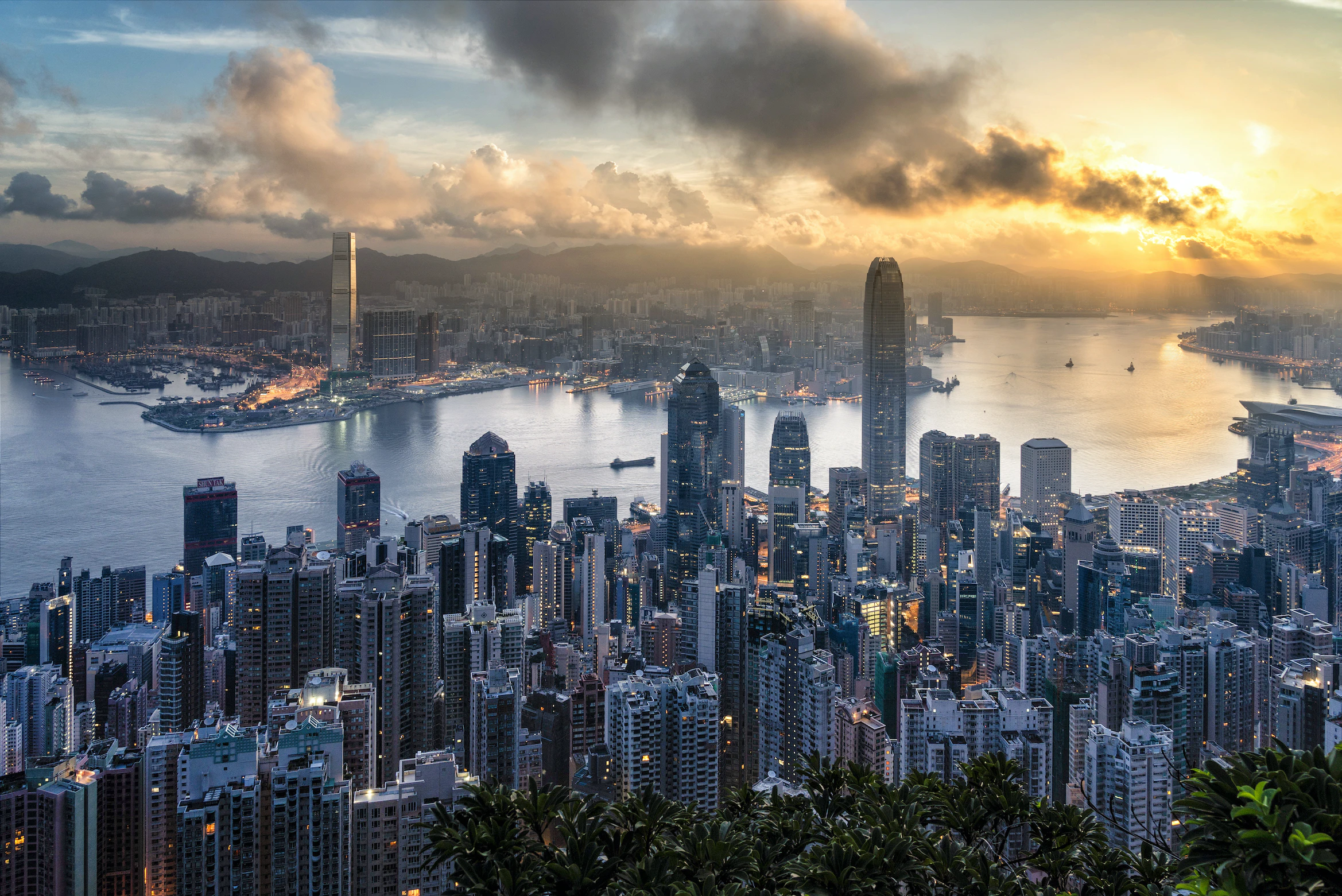Guide to Darien: Panama’s Largest National Park
Darien National Park is Panama’s wild, untamed frontier—a sprawling, almost mythical landscape where civilization fades and the jungle reigns supreme. It’s one of the largest national parks in Central America and one of the most biodiverse corners of the planet. Few places on Earth feel as raw, remote, or thrillingly alive.
For many travelers, Darien is not just a destination; it’s an adventure into the heart of nature’s last strongholds. This UNESCO World Heritage Site forms part of the infamous Darien Gap, the only break in the Pan-American Highway between North and South America. It’s a no-man’s-land of dense rainforest, winding rivers, and mountainous terrain that has kept modern infrastructure at bay.
While the region’s inaccessibility has long deterred casual visitors, it has also preserved its ecosystems and Indigenous cultures from mass tourism. Here’s our comprehensive guide to Darien National Park;
Please Download Our Mobile App here.
Overview of Darien National Park
Located in the southernmost part of Panama, Darien National Park is the largest protected area in both Central America and the Caribbean. It covers an immense 2,240 square miles of largely untouched wilderness. Stretching across nearly 90% of the Panama–Colombia border. Often called the “natural lung” of the Americas after the Amazon, this UNESCO Biosphere Reserve is a vital bridge between North and South America.
It harbors an astonishing range of habitats—from tropical and palm forests to swamps, mangroves, rocky coasts, and gleaming white beaches. Within its boundaries, the Serranía del Darién mountain range rises between the Caribbean Sea and the Pacific Ocean. They create isolated pockets of biodiversity that have fostered exceptional levels of endemism.
In fact, one out of every five plants found here exists nowhere else on Earth. The park’s almost roadless expanse has kept its rainforest remarkably intact, preserving what is among the world’s richest concentrations of species. Today, many are still undiscovered beneath the dense jungle canopy.
Winding rivers like the Tuira and Chucunaque carve through the forest for over a hundred kilometers, sustaining both wildlife and local communities. The Darién Gap—a notorious stretch of jungle separating the continents—is the only blemish of the park. The stretch harbors narcotraffickers and guerilla militants.
Also Read: Best Resorts in Panama.
Wildlife in Darien National Park

Wildlife in Darien thrives across a range of habitats, from mangrove swamps the towering slopes of Cerro Tacarcuna. This stunning ecological variety has turned the park into one of the most biodiverse rainforests on Earth. Within its vast tropical forests live 169 species of mammals, including the critically endangered brown-headed spider monkey and the endangered Baird’s tapir.
You’ll also encounter more familiar faces like the capybara, giant anteater, bush dog, peccaries, and the Central American agouti. The forest’s predators—among them the jaguar, ocelot, and American crocodile—prowl the dense undergrowth and rivers, maintaining the delicate balance of this thriving ecosystem. Reptiles and amphibians are equally abundant, with 99 reptile and 78 amphibian species recorded.
There are also 50 freshwater fish and thousands of invertebrates. The park’s waters provide refuge to several marine species, including some of Panama’s 20 whale and dolphin species, 33 types of sharks, and four species of sea turtles. Darien’s birdlife is nothing short of spectacular, boasting 533 species that make the park one of the planet’s premier birdwatching destinations.
Endangered great green macaws, Baudo oropendulas, and a host of birds fill the canopy with color and song. In fact, the lowland forests and isolated mountain ranges lie at the heart of two globally recognized Endemic Bird Areas. The area around Cana is among the ten best birdwatching spots in the world. While here, you can follow jungle trails near the Pirre Station to glimpse macaws, parrots, and various monkey species.
Best Time to Visit Darien National Park
The best time to visit Darien National Park depends on what kind of experience you’re after. However, most travelers prefer the dry season, which runs from January to mid-April. During these months, the weather is at its most reliable, making treks through the dense rainforest and rugged terrain far more manageable.
Trails are less muddy, river crossings are easier, and access to remote areas is smoother, making it the perfect time for hiking. On the other hand, the wet season (May to December) transforms the park into a lush, vibrant paradise that draws bird watchers from around the world.
The increased rainfall brings a surge in bird activity, offering the chance to spot rare and colorful species that might be elusive during drier months. However, the rain also makes travel within the park more difficult. November in particular is often avoided by tour operators due to persistent downpours.
Getting to Darien National Park

The most convenient option is to fly directly from Panama City to El Real, the nearest community to the park’s boundaries. This short flight cuts through the dense green expanse of the Darién and provides a bird’s-eye view of one of the most remote and biodiverse regions in Central America.
For those who prefer a more grounded and scenic journey, the overland route via Yaviza is a memorable experience. Travelers can drive along the famous Inter-American Highway until it ends in Yaviza, a town that marks the gateway to the Darién Gap. From there, the road gives way to the river, and a panga boat becomes the only means of transport to reach El Real.
Other Activities in Darien National Park
Beyond its wild remoteness and biodiversity, Darien National Park offers remarkable activities centered around the Cana area. It has earned its reputation as one of the top ten birdwatching destinations in the world. The area gives bird enthusiasts access to an astonishing variety of more than 500 species.
The region’s network of paths extends across both sides of Cerro Pirre, connecting the Cana and Pirre ranger stations. Hiking in this part of Darien is as thrilling as it is demanding. Trails lead through dense rainforest canopies, past cascading waterfalls, and across rugged, slippery terrain that challenges even seasoned trekkers.
Park Fees in Darien National Park

Admission to Darien National Park is around $7. But if you’re visiting as part of a tour, these prices are included in the packages. Most tours to the park start from around $500 and typically run 4-5 days.
FAQs
Is Darien National Park worth visiting?
Yes, Darién National Park is absolutely worth visiting, but it’s not for the casual traveler. This UNESCO World Heritage site is one of the least-explored regions in the Americas. The park rewards intrepid explorers with extraordinary biodiversity, dramatic landscapes that remain virtually untouched. You’ll also get rare opportunities to interact with indigenous communities and learn their traditions.
How long to spend in Darien National Park?
Most travelers spend about 5 to 6 days exploring Darien National Park, especially when joining a guided expedition. While it’s possible to arrange a one-day visit to accessible areas like La Chunga, that option only scratches the surface of what this park offers. To truly appreciate Darien’s biodiversity, intricate river systems, and rare wildlife, several days are needed to account for the challenging terrain and travel time.
Conclusion
Darién National Park stands as one of the last true frontiers of wilderness in the Americas—a vast, untamed expanse where nature still reigns supreme. Its dense rainforests, winding rivers, and mist-shrouded mountains form an extraordinary ecosystem that bridges Central and South America.





